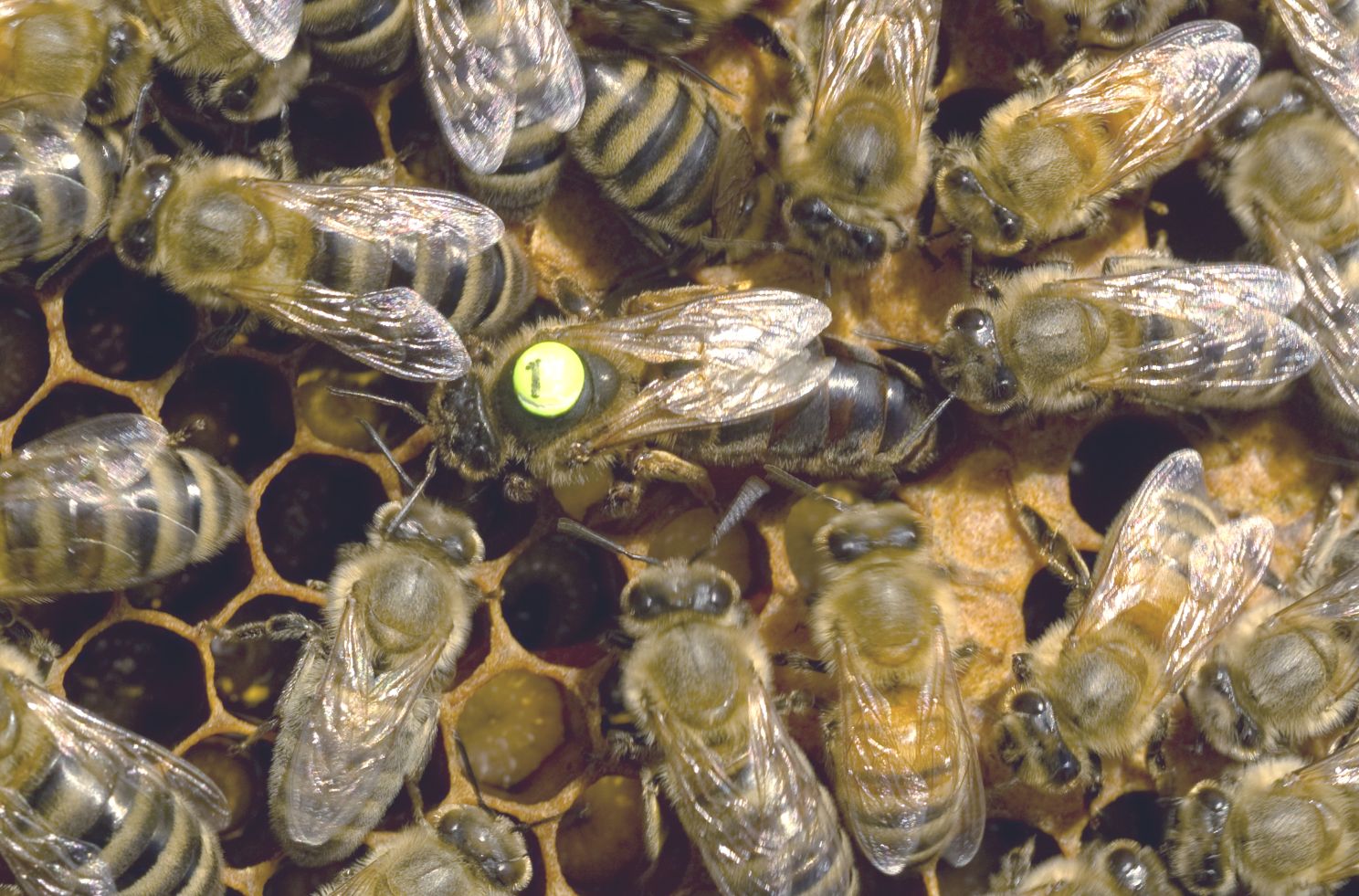For best results, do not introduce a new queen until a hive has been queenless for at least 24 hours. Look for eggs to be sure a laying queen is not present. If so, the workers will kill the new queen. When replacing a queen, remove (kill) the old one at least 24 hours before introducing the new queen.
Destroy any queen cells in a hive before installing a new queen. If a colony has started making queen cells, these bees may reject the new queen and continue raising their own. If no eggs are visible, the hive may have a virgin queen or a newly mated queen who will soon begin laying eggs. Check the hive after 6 p.m. to spot a virgin queen which may have been out on a mating flight earlier in the afternoon. A colony will not accept a new queen if a virgin queen is already present.
Do not remove the candy plug from the queen cage. Allow time for the new queen's pheromones to permeate the hive. Do not directly release the queen into the hive or the colony may kill her. Hang the queen cage in the center of the brood nest area. The queen cage can be held snugly in place between two frames. If the cage falls to the bottom of the hive, bees will quickly cover it. Use your hive tool to retrieve the cage and secure it between two frames. Do not remove the attendant bees from the cage. These few bees already accept and feed the queen and will transfer her pheromones to the workers outside of the cage. Allow your bees three to five days to release the new queen.


